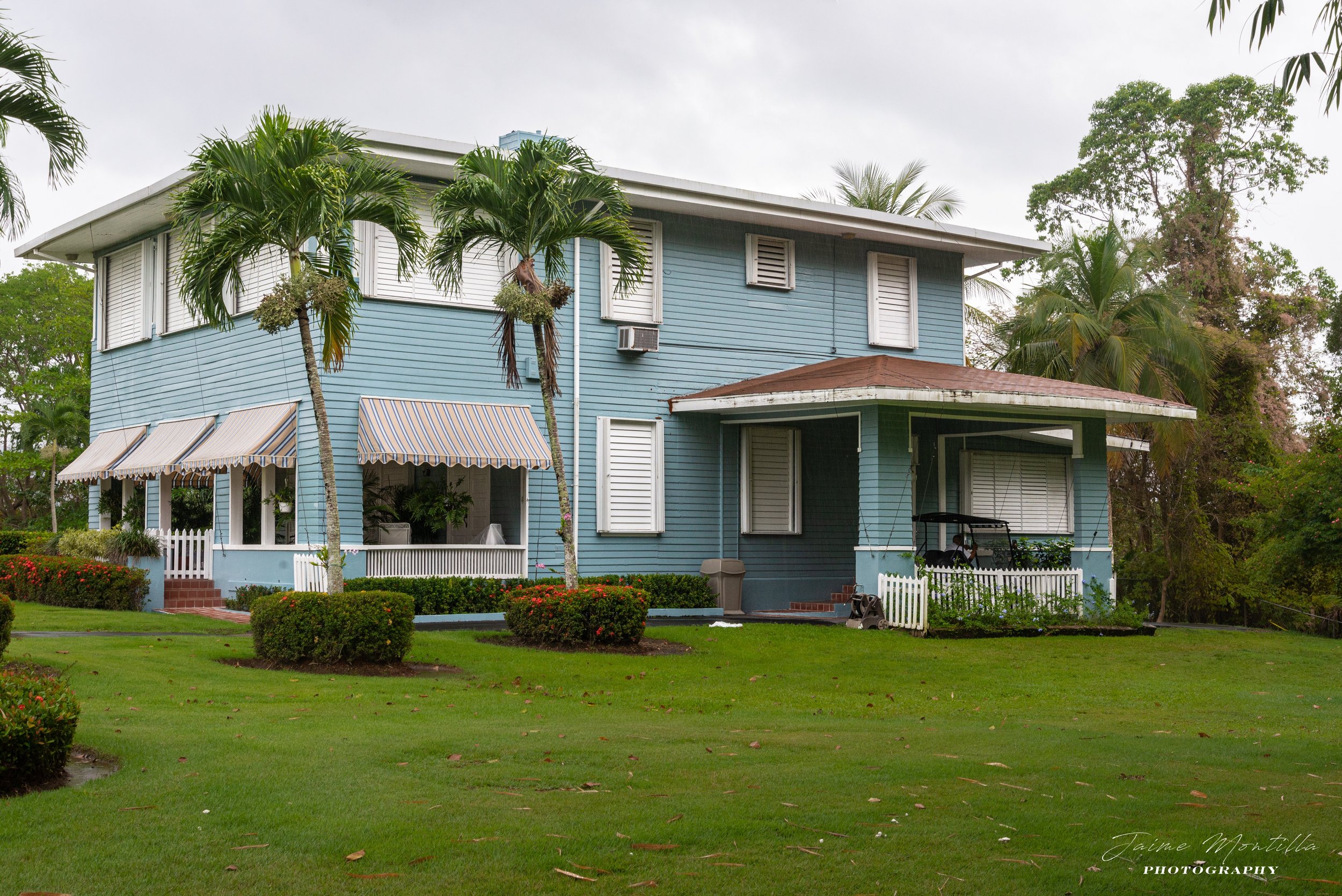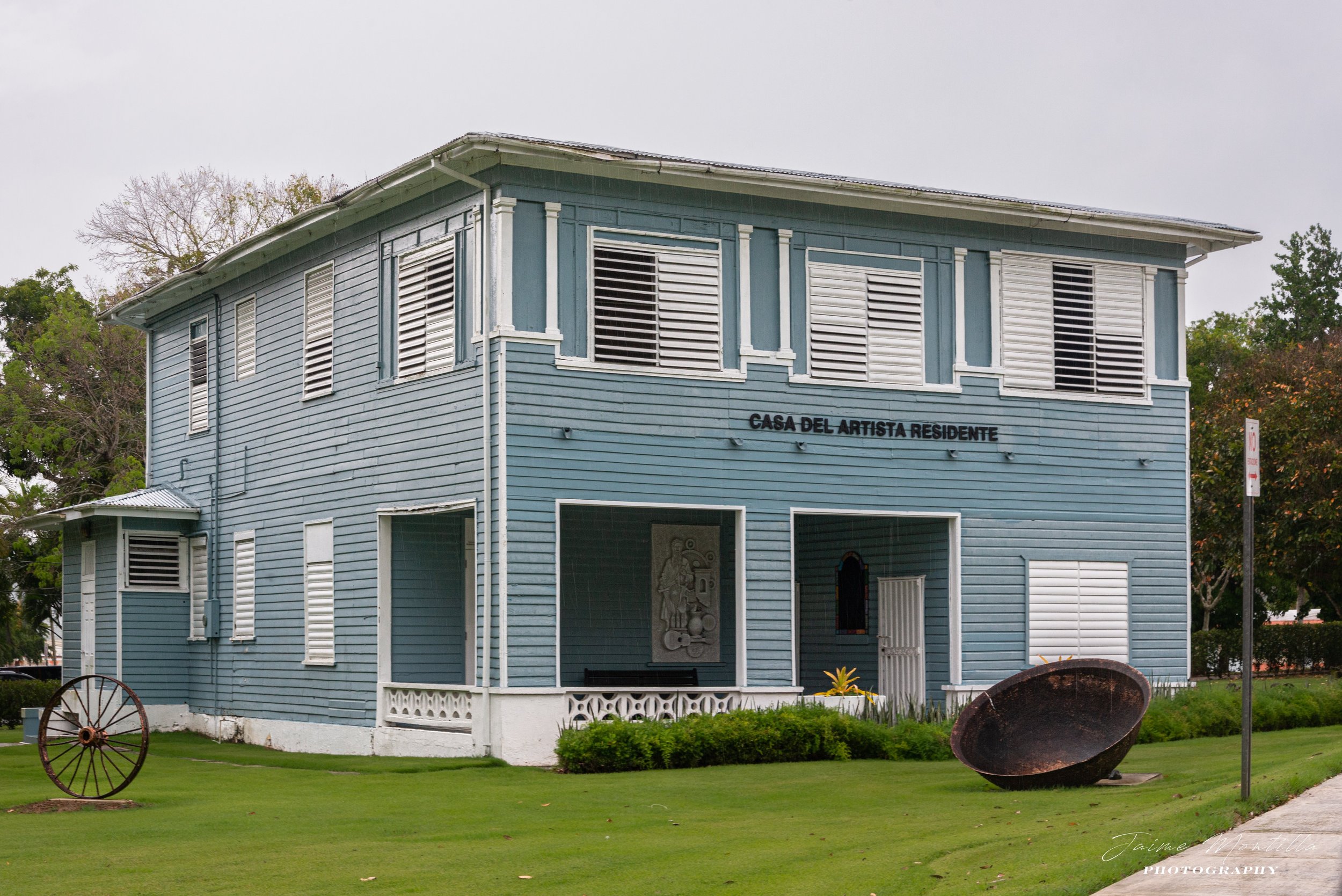
Central Santa Juana
Location: Caguas
Date Established: 1906
Date Ceased Operations:1967
Annual Production Graph
Average Annual Production: 20,593 Tons
Best Production Year: 1952/43,905 Tons
Family Ownership: None
Corporate Ownership: Societé Anónyme des Sucreries de Saint Jean, United Porto Rico Sugar Co., Eastern Sugar Associates., Fajardo Eastern Sugar Associates, C Brewer & Co. of Puerto Rico, Inc.
Before 1905 farms in the Caguas region dedicated their lands to the cultivation of coffee, tobacco sugar and subsistence crops. According to Census Records, in 1897-1898, the year Puerto Rico became a US Territory, cultivated land (excluding pastures and underbrush) in the Municipality of Caguas dedicated to growing sugarcane accounted for 24% while coffee (24%), tobacco (5%) and minor crops (47%) accounted for the rest. Just three years later, in 1901, land dedicated to growing sugarcane was 41%, coffee 1%, tobacco 15% and minor crops 42%.
Contrary to other parts of Puerto Rico where central sugar mills were built after 1873 and sugar farmers became colonos, Caguas sugar farmers continued to manufacture muscovado sugar in trapiches until the advent of Central Santa Juana in 1906. At the turn of the century, the largest sugar manufacturing estates in the Caguas area were Hacienda San José, Hacienda Santa Catalina and Hacienda Puig of Gerardo Puig. Central Santa Juana was established on the lands of what used to be the two hundred eighty three cuerdas "Estancia Colón", west of the Rio Grande de Loiza. Estancia Colón dedicated its land to growing tobacco and was owned by Spanish immigrant from Gerona, Salvador Más Parés (1820-1907) and his son José Más Gelpí who sold it in 1901 to Fernando Plá Puigmoler (1860- ). The land was acquired by the Belgian firm Societé Anónyme des Sucreries de Saint Jean on January 10, 1906 for $11,000. Signer in the purchase deed was Eugène Fichefet, who was part owner Societé Anónyme Compagnie Europeene Coloniale.
The main shareholders of Societé Anónyme des Sucreries de Saint Jean were Sucreries Europeenne et Coloniale, Societé Anónyme Compagnie Europeene Coloniale, Eugène Fichefet individually and in representation of a group of local investors and Belgian Victor Van Volsen. Eugène Fichefet was the President of Societé Anónyme des Sucreries de Saint Jean. In 1908 he spent four months on the island reorganizing the central. On his return trip aboard the Mauritania he suffered an apendicitis attack and died on board before he could be operated on at his arrival in Liverpool. His brother Arthur Fichefet succeeded him as President.
The Belgian promoters of Central Santa Juana decided not to invest in land to cultivate, instead opting to contract with local growers, some of them until then also manufacturers of muscovado sugar. In 1906, when construction of the sugar mill was still in process, colono agreements were signed with local plantation owners like José Buxó Basart and Gerardo Vilá owner of Hacienda Felicidad. Eventually owners of local sugar factories like Hacienda San José, Hacienda Buena Vista, Hacienda Gerardo Puig and large land owners like the Solá and Quiñones Cabezudo families, also became colonos of Central Santa Juana.
In 1927 the Belgians decided to concentrate in their operations in Europe and Africa and sold Central Santa Juana to the recently established United Porto Rican Sugar Co. Shortly after acquiring Central Santa Juana, the United Porto Rican Sugar Co. paid $25,000 to Francisco Aponte Colón for the lands of a farm known as Mano Manca located just east of the the sugar mill and the Rio Grande de Loiza and south of the Gurabo River.
Since 1881 there was a large plantation known as Piñal & Marién originally consisting of 301 cuerdas in Barrio Navarro of Gurabo owned by Eladia de la Cruz Jiménez (1835-1922), the widow of Manuel Jiménez Sicardó. This plantation was subdivided several times due to family legal issues with one of the subdivided parcels owned by Eladia Sabina Jiménez Cruz (1859-1931), the daughter of Manuel and Eladia, becoming the southernmost portion of Mano Manca. Aponte Colón had acquired Mano Manca from Candido Ramirez just a few months earlier for $10,000. Mano Manca was chosen by the new owners to build a club house with tennis courts and a golf course and five houses for the sugar mill administrators, three of which still stand. In 1967 the surrounding land and the three houses pictured below were sold by C. Brewer Puerto Rico, Inc. to the Fundación Puerto Rico Junior College. Today, they are part of the Universidad Ana G. Méndez Gurabo Campus and are used as administrative offices.
By 1933 United Porto Rican Sugar Co. was under heavy financial duress and went into receivership. Its financial difficulties in part caused by Hurricane San Felipe in 1928 and Hurricane San Ciprián in 1932, the Great Depression of 1929 and sugar cane strikes in 1933 and 1934. In March 1934 all its the assets including Central Santa Juana were awarded at an auction sale to Eastern Sugar Associates, a Trust established by its principal creditor the National City Bank of NY. As part of Eastern Sugar Associates, Central Santa Juana had its best years. In 1941 it established a sugar refining operation under the name Santa Juana Refinery, Inc. that produced the "Blanquita" brand white sugar for the local market.
In May 1958 Eastern Sugar Associates and Fajardo Sugar Co. merged forming the Fajardo Eastern Sugar Associates who operated Central Santa Juana until 1961 when Eastern Sugar Associates was acquired C. Brewer Puerto Rico, Inc., a subsidiary of C. Brewer & Co. of Hawaii. In August 1966 C. Brewer Puerto Rico, Inc. announced that 1966-67 would be its last grinding season. On March 9, 1967 it was announced that the government of Puerto Rico was acquiring all the assets of C. Brewer Puerto Rico, Inc. for $7.5 million. The plan was for the government to continue to operate Central Juncos and Central Fajardo and dismantle and sell Central Santa Juana. In 1968 Central Santa Juana was dismantled and part of its machinery together with part of that of Central Canovanas was sold to a group of investors in Guatemala that were organizing a new central sugar mill called Ingenio Santa Ana, 64.5 km south of Guatemala City in the department of Escuintla.
Like the office building of Central Juncos, the architecture of the office building pictured below is Art Decco, as evidenced by the round corners of the structures above the front windows. The second level, which appears to have been added later, did not keep with the same style of architecture. It's remains are currently located between a densely populated area in the town of Caguas. If not preserved, it should be expected that these remains will soon be demolished due to their location.
In August 2022, Carlos Alemán took the drone pictures included at the end of the gallery below and allowed us to include them herein. In them you can see that the chimney remains today are about ⅓ of what they were when the original pictures were taken around 2014-2015. It appears the damage was cause by Hurricane Maria in 2017.






